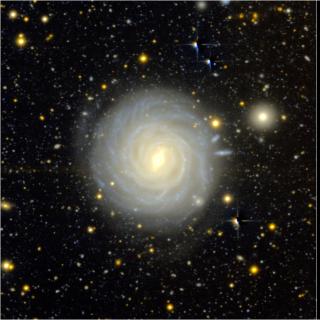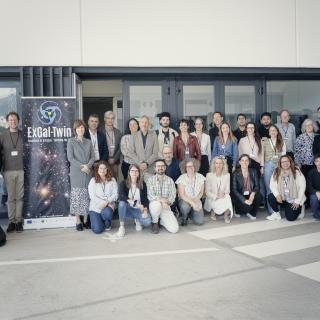All chemical elements in the Universe (except for H and most of the He) have been made in stellar interiors. But among those elements, the ones that allowed to build life such as we find on Earth are of particular interest (carbon, nitrogen, oxygen, sulphur and phosphorus). However, the stellar origin of phosphorus (P) is still unknown as none of the current models of Galactic chemical evolution can explain all the phosphorus we observe in the Galaxy and notably in our Solar System, highlighting a still lacking phosphorus source. In this work we report the discovery of stars very rich in phosphorus. The discovery is based on the analysis of a large number of near-IR (H-band) APOGEE spectra retrieved from the Sloan Digital Sky Survey public database. While this discovery definitely provides promising candidates to explain the missing phosphorus in our Galaxy, the chemistry of those stars appears to be even more puzzling. Indeed, they are not only rich in phosphorus, but they are also rich in other elements such as magnesium, silicon, oxygen, aluminium and even more heavy elements such as cerium. Surprisingly, after an extensive examination of all known possible stellar sources and nucleosynthesis processes, such a chemical pattern is not predicted by present stellar evolution and nucleosynthesis theories. The inclusion of specific effects such as rotation or advanced nucleosynthesis in convective-reactive regions in massive stars represent the most promising alternatives to explain the existence of P-rich stars. Actually, depending on the frequency of such phenomenon, the progenitors of the phosphorus-rich stars could have significantly contributed to the phosphorus present on Earth today.
The stellar source for phosphorus, element so important for life, is still unknown. Credit: Gabriel Pérez Díaz, SMM (IAC).
Advertised on
Authors
Thomas
Masseron
Domingo Aníbal
García Hernández
Raúl Santoveña
Arturo
Manchado Torres
Olga María
Zamora Sánchez
Minia Manteiga
Carlos Dafonte
References




